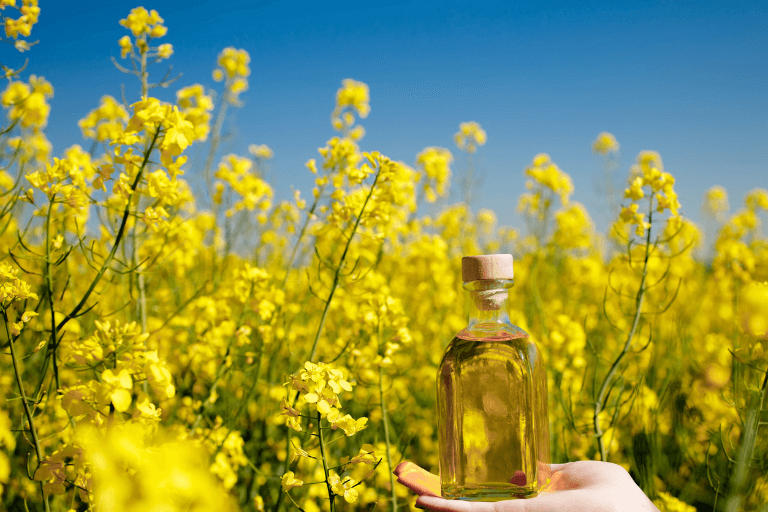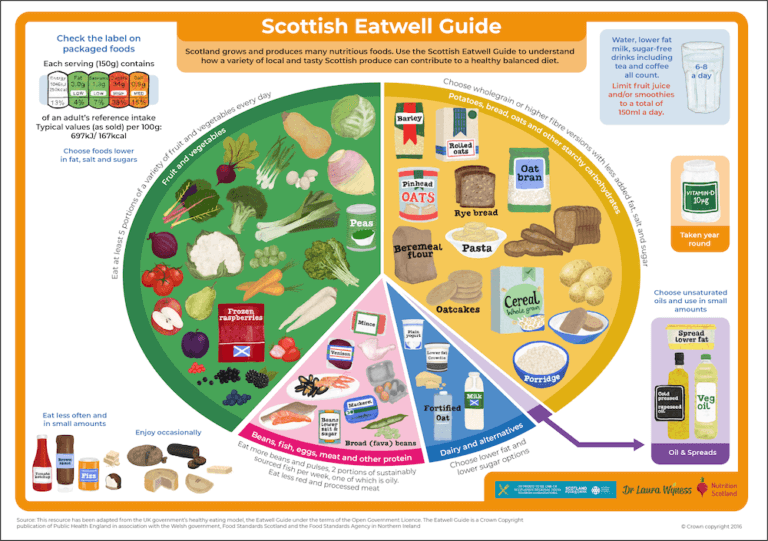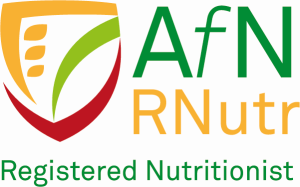The honeyberry is what it’s referred to as in Scotland, but in other parts of the World it’s also known as the haskap berry. In the coming years, you’re likely to see more of these berries in Scotland as production increases.
The seedless honeyberry’s vibrant blue-purple colour is due to its high polyphenol content. They are packed with beneficial nutrients and can be enjoyed raw or used in a variety of foods and drinks. With a flavour somewhere between a blueberry and raspberry, the honeyberry provides an exciting early summer berry for consumers in the UK.
The origins of the berry
The berry originates from Western Europe, Siberia and Northern Asia and has been used in traditional medicine in Japan, Russia and China. Its thought to originate from the frozen wilderness of Sibera and carried by birds to the northern Japanese island of Hokkaido. The indigenous people of the island named the berry haskap, meaning ‘many fruits on branches’.
What are the nutritional benefits?
The honeyberry has more vitamin C than an orange and almost as much potassium as a banana. Research on different honeyberry varieties has been conducted at The James Hutton Institute, Dundee, Scotland.
The honeyberry is bursting with polyphenols and antioxidants, which have been associated with many health benefits. These include anthocyanins which have been associated with reduced incidence of cardiovascular disease, diabetes and cancers and improved neurodegenerative outcomes. Anthocyanins are what gives fruit and vegetables their deep purple, blue and red colours, and honeyberries have among the highest amounts anthocyanins when compared with other berries.
Dr Dorota Jarret, researcher and fruit breeder at James Hutton Ltd said ‘In terms of phenolic and antioxidant capacities, honeyberries are superior or comparable to well-established superfruits such as blackcurrant or blueberry, which would make it of interest to the processing, fresh fruit market and most of all the consumer.’
What does it taste like?
Ok, so unfortunately, I’ve not personally tasted fresh honeyberry yet. The harvest season is short and the fresh berries have a short shelf-life, so you may have more chance of finding frozen fresh berries. I have however, enjoyed trying out dried honeyberry powder (gifted from Haskapa) which was lovely when added to porridge, smoothies and yogurt. It also gave my muffins and pancakes a lovely pink colour.
The different varieties of honeyberry offer a great range of flavours from blueberry, blackberry and cherry, with some varieties even reported to have notes of plum, grape and kiwi. The different honeyberry varieties offer various distinct shapes and sizes and so the juiciness and colour are quite diverse.
Where is it grown?
The honeyberry is best grown in temperate climates, so it’s ideal for UK growers. As long as the soil is of good quality, the plants should require minimal input. It’s also suitable for machine harvesting so less reliant on labour. One of the first British growers to plant honeyberry shrubs in the UK is Stewart Arbuckle at his family-run soft fruit farm PA Arbuckle & Sons, near Dundee, Scotland. The honeyberry marks the start of berry season in the UK as its ready for harvest around two weeks earlier than the local native outdoor-grown strawberries.
A bright future for the honeyberry
It’s a versatile, local, sustainable berry that is available earlier in the year than we are used to in the UK. What’s not to love about the honeyberry?
An added bonus of the honeyberry is that the vibrant blue-purple colour is found all the way through the berry. This is great for food producers as the colour is consistent throughout the berry no matter what part of it you use. In the current world of social media, the bright berry is very eye-catching and “instagrammable”.
The berry is ideal for adding to products such as smoothies, juices and teas as well as salad dressings and condiments. It’s also great for adding to dairy products such as ice-cream or yogurts and when dried, it can be added to cereals or snack bars. It also adds a fruity flavour to wine, beer and gins.
I can’t wait to try out this season’s fresh honeyberries and any products that have incorporated it as an ingredient. Let me know if you come across any products!











